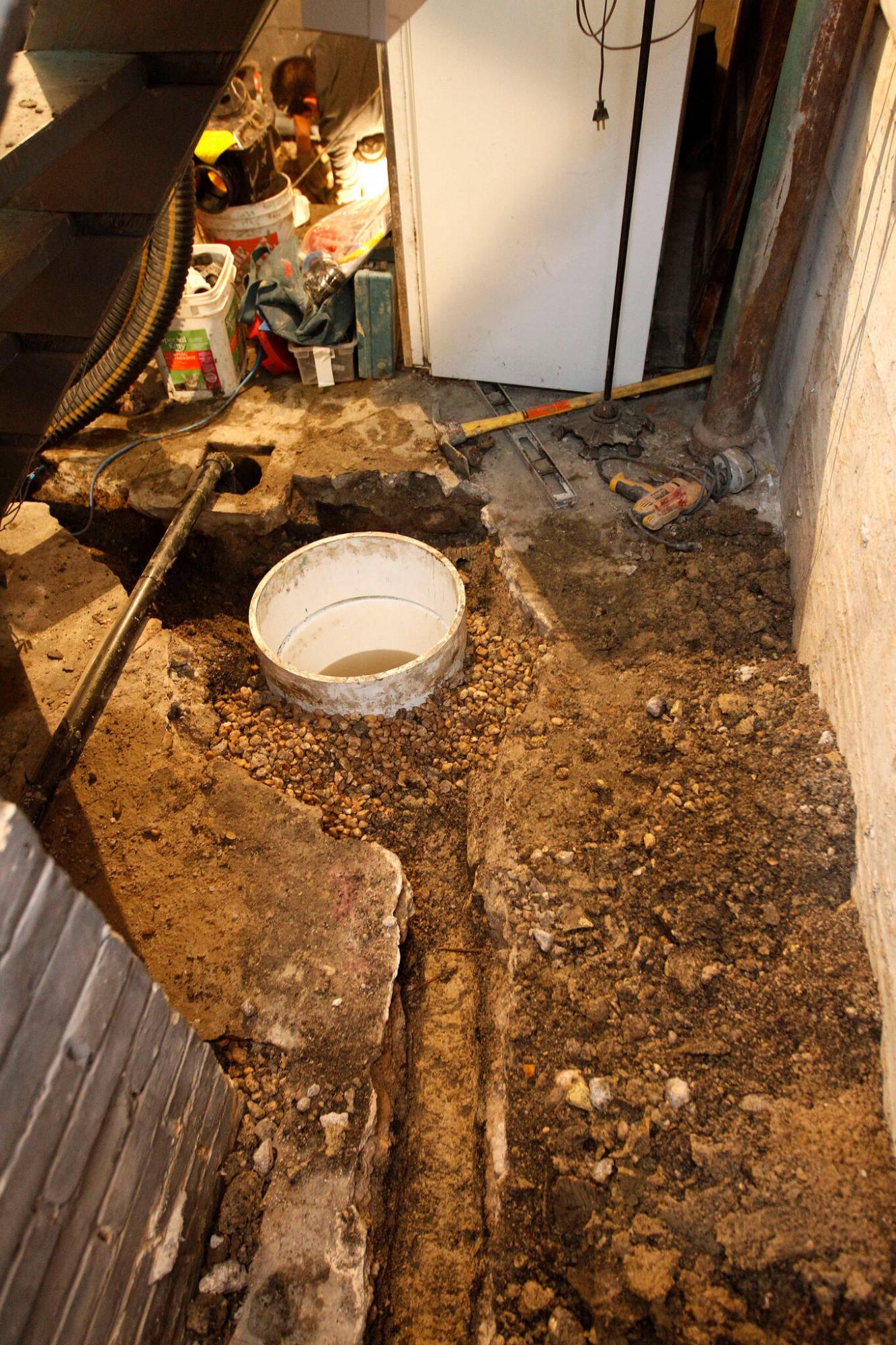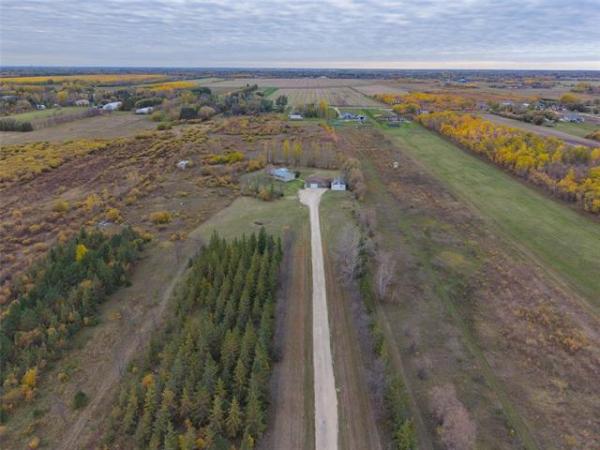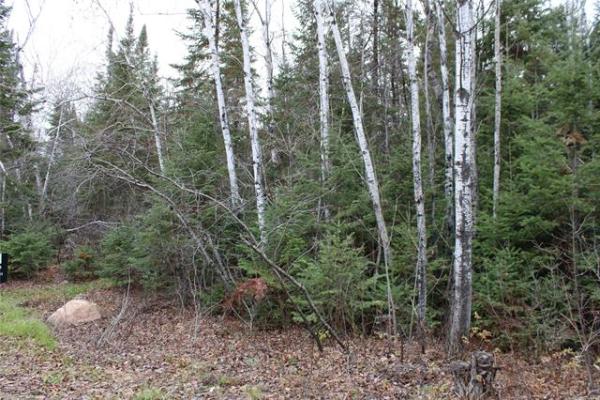
Question: I read your column on sump pit covers from a previous edition. I just wanted to confirm something with you. I recently replaced my submersible pump and the plumber assured me that the fact that I had completely sealed the lid had nothing to do with the pump failure. I had sealed the lid just weeks prior to the pump dying.
So, my question is: My sump pit has a large ground water pipe in the bottom of it. The pit has a sealed lid, with two things exiting through it. These are the electrical wires and the water discharge pipe. When the pump turns on and drains the water from the pit, will this create suction in the pit if the lid is sealed? Because air will need to replace the volume of water pumped out, does that cause the pump to work harder? How does air come into the pit? Thank you, Mike.
Answer: Submersible sump pumps are designed to work in a very hostile, wet environment and will not be affected by sealing the lid of your sump, unless there is something installed incorrectly or malfunctioning. Because of this environment, a limited life expectancy of approximately 10 years is what one can expect from this critical device.
Sealing your sump pit lid is a very good idea, to prevent possible radon gas from entering the living space in your home. Radon is a naturally occurring radioactive gas that is found in some soils, due to the presence of uranium in the substrate. Studies have shown that the majority of this odourless gas enters homes from the soil beneath the slab. To combat this, all homes built in the last 60 years will have a thin layer of polyethylene sheathing under the basement floor slab. This is installed, prior to pouring the concrete, to prevent radon seeping into the living space through the concrete, or any cracks or gaps that appear later on. While this is somewhat effective, it may have holes accidentally poked in it during construction, rendering it less useful. Also, any protrusions through the concrete, such as your sump pit, plumbing drains, teleposts or other objects, have to be completely sealed to the poly to ensure continuity.
Even if the basement, around plumbing drains and teleposts, etc. is sealed very well, the lid of the sump may have gaps that can negate this effort. Older sump pits had partially open lids, to allow easy exit of the discharge pipe and the electrical wires used to connect to the receptacle for power supply to the pump. Because there are holes in the sump pit walls, which allow weeping tiles and excess water to drain from around the foundation, there is a high probability of any soil gasses entering the sump. Sealing the lid may be the only good way of preventing these gases from escaping. This can often be done by using rubber stoppers and gaskets that fit tightly around the wires and discharge pipe. If these are not integral to the original sump lid, sealing around these items with caulking after installation is the next most effective fix.
If sealing the pit to prevent the escape of radon, which is a gas that seeps in from the soil, is necessary, that should answer your question about air rushing in to replace the evacuated water. If radon can enter the sump pit, so can air. Sealing the lid will also prevent air from the sump, which may contain radon, from forcing its way into your basement. This will not significantly stop it from finding its way into the sump, especially when the pump is running. The pump is drawing mostly water inside, but may also draw excess air, especially near the end of its cycle.
As far as a pump failure being caused by sealing the lid, that may only occur if there is something wrong with the pump installation, or through a defect later on. The most common of these may happen with a pump that employs a pill-type float switch for activation. These pumps are activated by a switch that is inside a small, floating capsule. When the water in the sump rises above a certain level, the floating capsule with rise, changing the angle of the switch, which will trigger the pump to operate. As the water level recedes, during normal pump operation, the capsule will drop down, eventually deactivating the switch, when the angle is reversed due to low water levels. The pump will remain off until the water in the sump again rises to the critical level, where the switch once again engages.
These pill switches have to be installed at the right height in the sump, and in an area clear of obstruction, to work properly. Sometimes, upon opening a sump lid for inspection, I have observed the capsule jammed between the pump, or discharge pipe, and the side wall of the pit. More often, the clamp that holds the wires connected to the switch capsule is secured too high or too low in the sump. This can cause the water level in the sump to rise too high or low before the pump is activated. If either of these conditions are present, it can cause the pump to run continuously, even when there is almost no water in the sump. The water in the sump should help cool the pump as it operates, so a pump running with no water may burn itself out. Conversely, if the discharge hose is blocked, by ice or a defective check valve, the pump may run without stopping even with a flooded pit. Eventually the pump will fail, and a few times I have discovered a full pit with warm or hot water, caused by an overheated pump.
Sealing your sump pit lid should not cause it to work harder or develop a lack of air, as long as it is properly installed and everything is located where it should be. Having a spare pump on hand, once your unit is more than five years old, may be a good practice in case of failure due to normal operating conditions.
Ari Marantz is the owner of Trained Eye Home Inspection Ltd. and a Registered Home Inspector (RHI)(cahpi.ca). Questions can be emailed to the address below. Ari can be reached at 204-291-5358 or check out his website at trainedeye.ca.
trainedeye@iname.com



